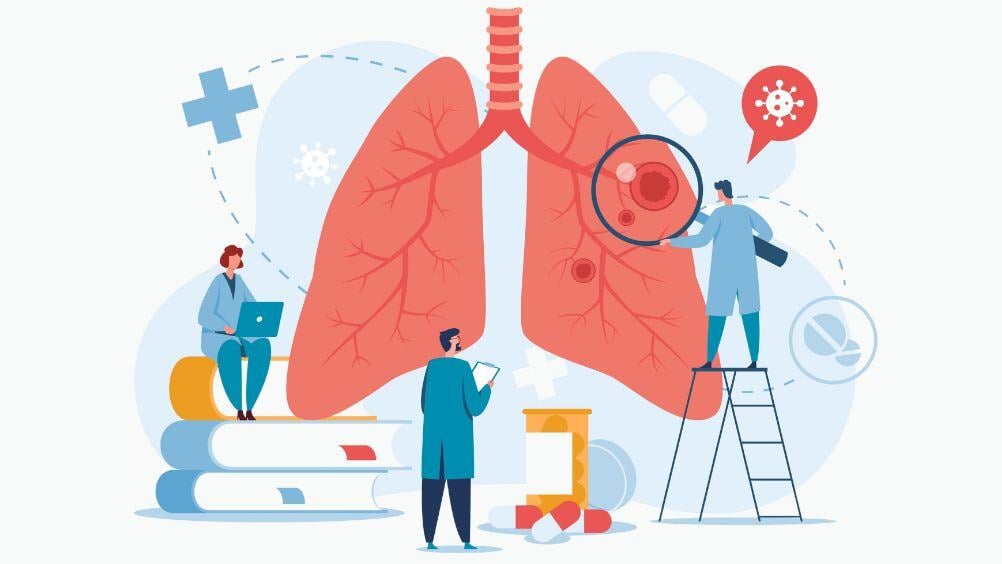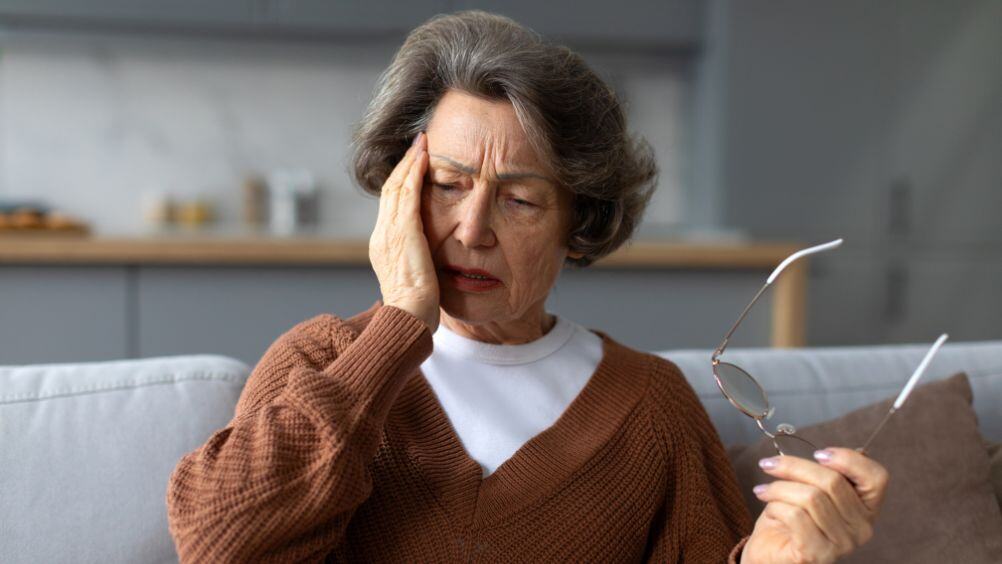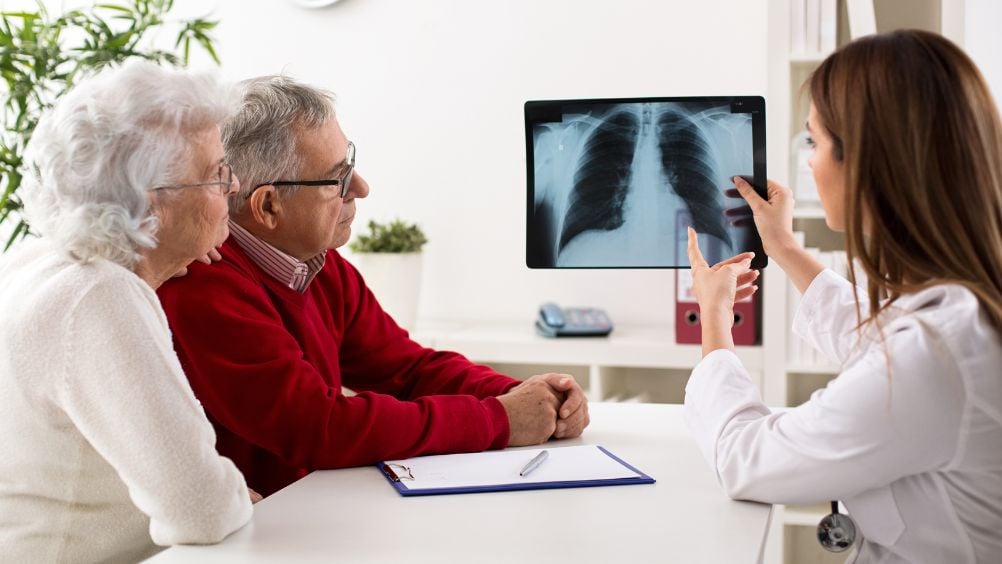Lung cancer is the most common type of cancer in the world. While many people assume it will only affect smokers, lung cancer is on the rise among non-smoking women. Even though men and women have the same risk factors for developing lung cancer, there are some surprising differences that can affect the approach and treatment options for women with lung cancer.
What’s Causing An Increase in Lung Cancer Among Women?
There is a rising percentage of women being diagnosed with lung cancer who have never smoked or been exposed to secondhand smoke. According to a 2018 study from Johns Hopkins Medicine, non-smoking women are at a higher risk of developing lung cancer than non-smoking men.
Indicators point to environmental toxins, interaction with hormones, and possibly genetics as potential causes among this group. But for the most part, lung cancer researchers haven’t identified a specific reason or reasons why non-smoking women are being diagnosed more often. A thoracic surgeon at Penn Medicine, Dr. John Kucharczuk, stated, “It could be hormonal. It could be attributed to high degrees of exposure to secondhand smoke. Some data suggests that among non-smoking females who develop lung cancer, there are chances of a genetic mutation. At this point, there’s no conclusive data.”
The risk factors for women don’t seem to be different than for men when both are regularly exposed to conditions such as:
- Radon gas. Oregon has its fair share of radon deposits. It becomes part of the air and can accumulate in buildings and homes. Several zip codes in the Eugene, Corvallis, and Lincoln City areas are rated as having moderate levels of radon gas. The State of Oregon offers radon gas testing kits to help determine if you need to address radon gas in your home.
- Secondhand smoke
- Pollutants in the air
- Chemicals in the workplace such as asbestos, diesel exhaust, etc.
There is also some indication there could be a family connection to lung cancer. While a specific gene has not been identified, according to the Johns Hopkins study, family history of lung cancer, especially among parents or siblings, appears to increase risk.
Symptoms of Lung Cancer
Both men and women experience about the same symptoms of lung cancer. In its earlier stages, most people, men and women, don’t experience any symptoms. But when lung cancer symptoms start in women they tend to be a cough, shortness of breath, back or chest pain, and overwhelming fatigue.
As the disease advances, these symptoms may occur in both women and men:
- Coughing up blood, even a small amount, or rust-colored spit
- Hoarseness
- Losing weight without trying
- Loss of appetite
- Bone pain
- Headache or nausea
Do Women Get One Type of Lung Cancer More Than Another?
Non-small cell lung cancer is the most common type among all genders accounting for about 85% of lung cancer cases. There are three main subtypes of non-small cell lung cancer.
- Adenocarcinoma
- Squamous cell carcinoma
- Large cell carcinoma
Studies show that more women are diagnosed with adenocarcinoma than men. Adenocarcinomas start in the cells that would normally secrete substances such as mucus and are found in the outer areas of the lung. It’s also more likely to be found earlier before it’s spread too far.
Do Treatments for Lung Cancer Vary By Gender?
Lung cancer treatment plans typically include at least two of the following:
- Surgery to remove the cancer
- Radiation therapy
- Chemotherapy
- Targeted therapy
For the most part, a woman’s lung cancer treatment will be similar to the treatments for a man, given they have the same type, stage, and overall health condition. However, research shows women have a better response to platinum-based chemotherapies than men.
Lung Cancer Survival Rates Among Women
Women with adenocarcinoma tend to survive longer after lung cancer treatment than men according to a study conducted by Loyola University Medical Center. It showed that regardless of whether you smoked or had other risk factors, women, especially non-smokers, survived longer than non-smoker men after lung cancer treatment. Five-year estimates reported overall survival at 73% among women who never smoked.
Caring for Lung Cancer Patients in Oregon
If you or a loved one has been diagnosed with lung cancer, the specialists at Willamette Valley Cancer Institute are here to help. We offer the latest in lung cancer treatments at locations that are easily accessible in the Eugene, Corvallis, Lincoln City, and Florence areas. Request an appointment to learn more about treatment options or for a second opinion about your lung cancer treatment plan.





